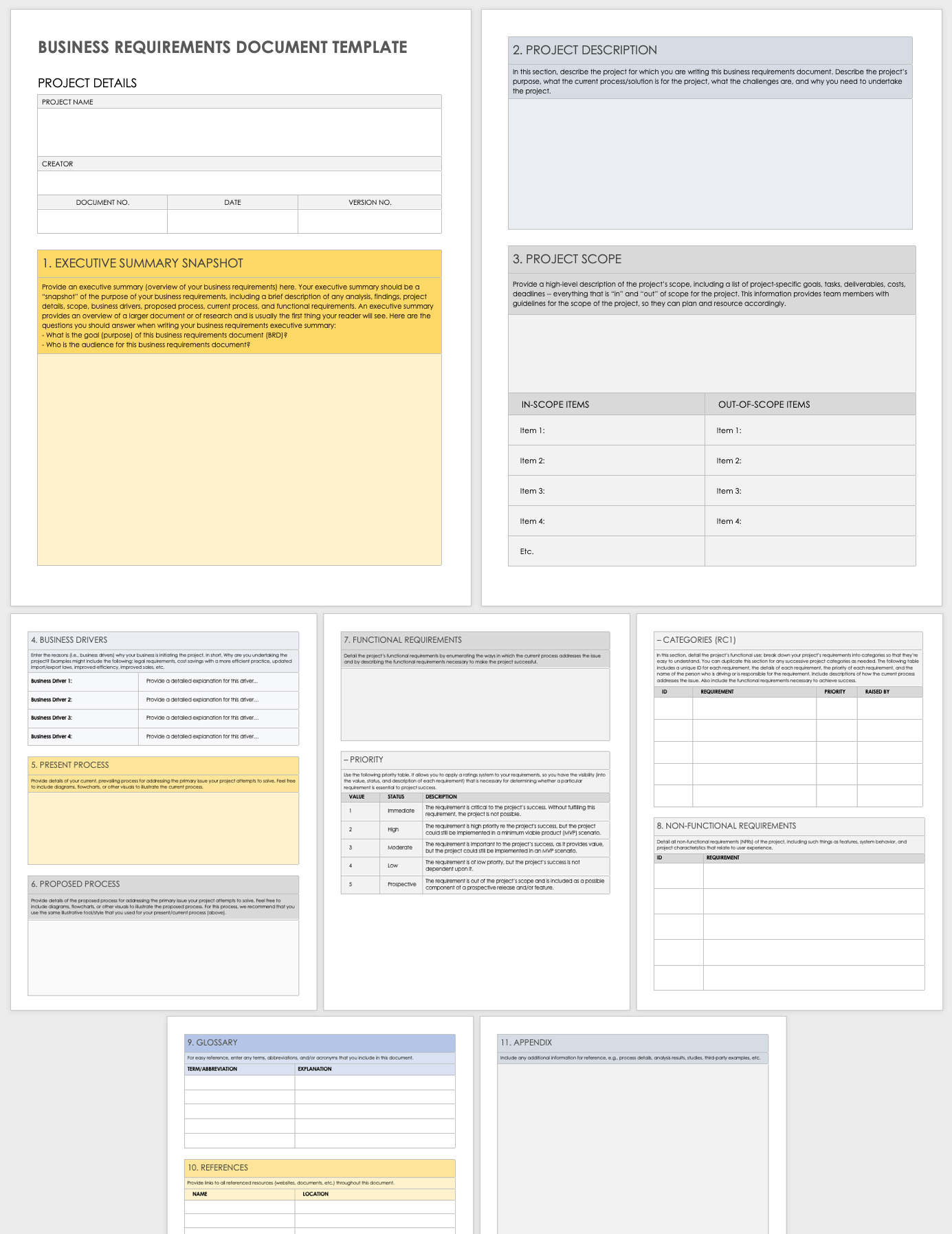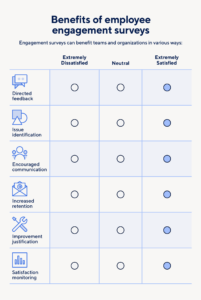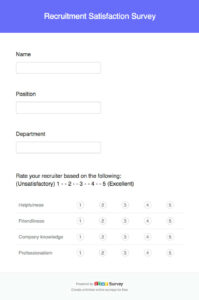Data analytics is a vital tool for businesses to make informed decisions and improve their performance. To gather the necessary data for analysis, it’s crucial to have a robust requirements gathering template. This template helps ensure that all relevant data is collected and analyzed to meet the specific objectives of the organization. Whether you’re a data analyst, business analyst, or project manager, having a comprehensive data analytics requirements gathering template is essential to streamline the process and obtain the insights necessary to drive business success.

Define Business Objectives and Data Needs
The first step in using a data analytics requirements gathering template is to define the specific business objectives that the data analysis aims to achieve. This could include increasing sales, improving customer satisfaction, optimizing operations, or identifying new market opportunities. Once the business objectives are clearly defined, the next step is to determine the data that is needed to measure and track these objectives. By understanding the types of data that are relevant to the analysis, it becomes easier to develop a data gathering plan that will provide the necessary insights.
During this phase, it’s essential to involve key stakeholders from various departments within the organization. Their input will help ensure that the data gathering process aligns with the overall business strategy and that all relevant perspectives are considered.
Additionally, it’s crucial to consider the sources of data that will be used for analysis. This could include internal data from CRM systems, ERP systems, or website analytics, as well as external data from market research reports or social media platforms.
By clearly defining the business objectives and data needs, organizations can establish a solid foundation for successful data analytics initiatives.
Data Collection and Analysis Methods
Once the data requirements have been defined, the next step is to determine the methods for collecting and analyzing the data. Depending on the nature of the data, it may be necessary to use a combination of qualitative and quantitative research methods.
Qualitative research methods are used to gather in-depth insights and understanding from a small sample of participants. This can be done through interviews, focus groups, or observations. Quantitative research methods, on the other hand, are used to collect and analyze large amounts of data from a larger population. This can be done through surveys, experiments, or data mining.
Choosing the right data collection and analysis methods is critical to ensuring that the data gathered is relevant, reliable, and actionable. It’s advisable to consult with data analysts or statisticians to determine the most appropriate methods for the specific project.
By carefully considering the data collection and analysis methods, organizations can ensure that they are gathering the right data and using the appropriate analytical techniques to extract valuable insights.
Conclusion
A data analytics requirements gathering template is an invaluable tool for businesses to ensure that they collect the right data, use the appropriate analysis methods, and achieve their business objectives. By following the steps outlined in this article and customizing the template to meet the specific needs of the organization, businesses can lay the groundwork for successful data analytics initiatives that drive informed decision-making and competitive advantage.
Remember, data analytics is an ongoing process of gathering, analyzing, and interpreting data to improve decision-making and business outcomes. By continuously refining the data analytics requirements gathering template and aligning it with evolving business needs, organizations can continuously gain valuable insights and stay ahead in today’s data-driven business landscape.

